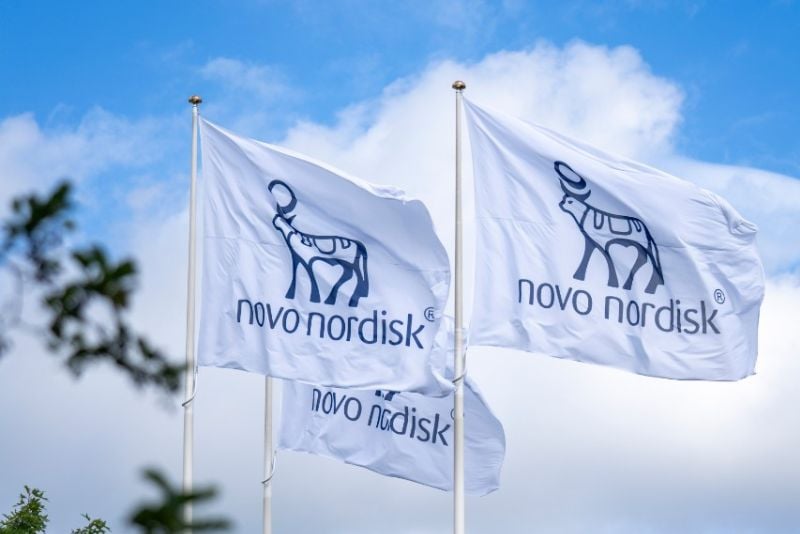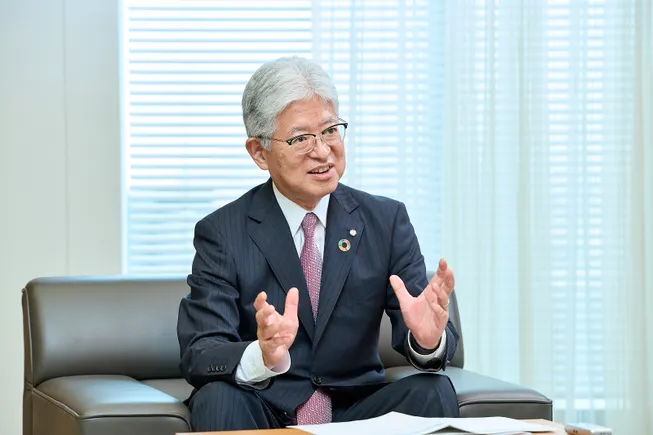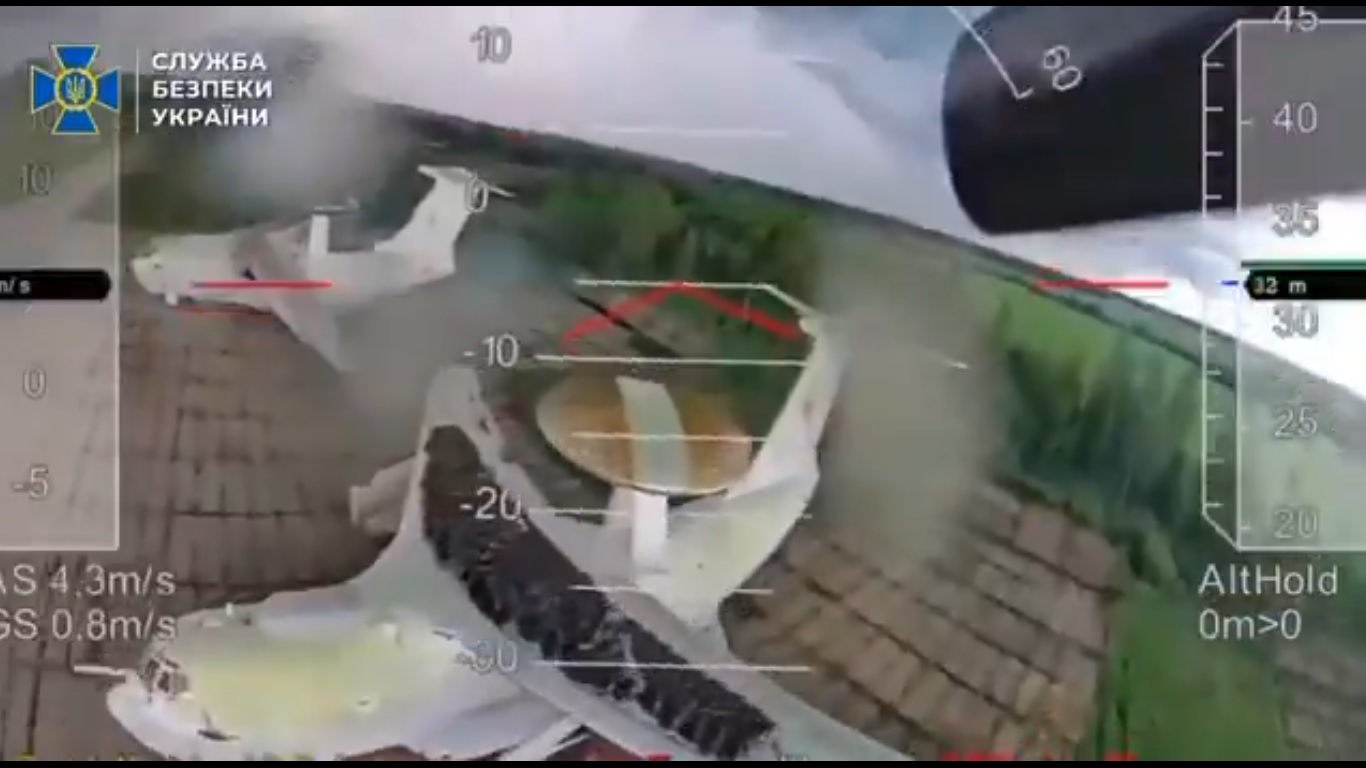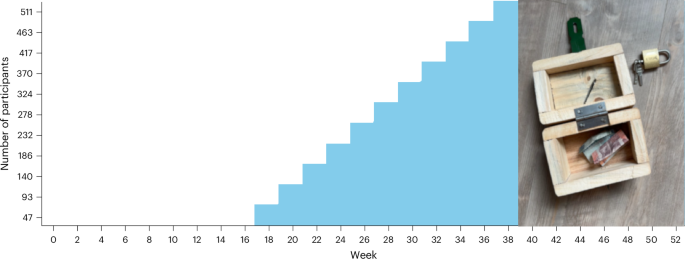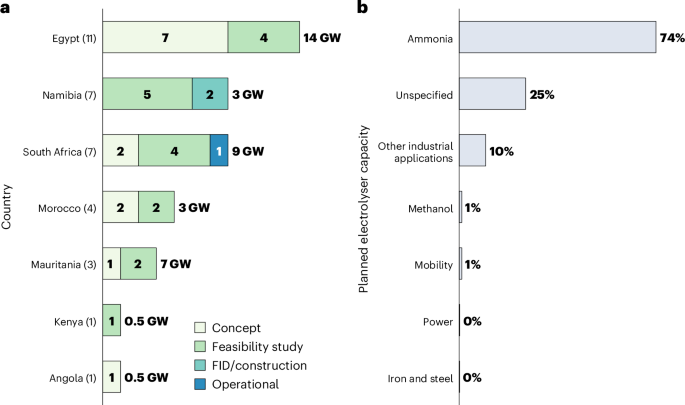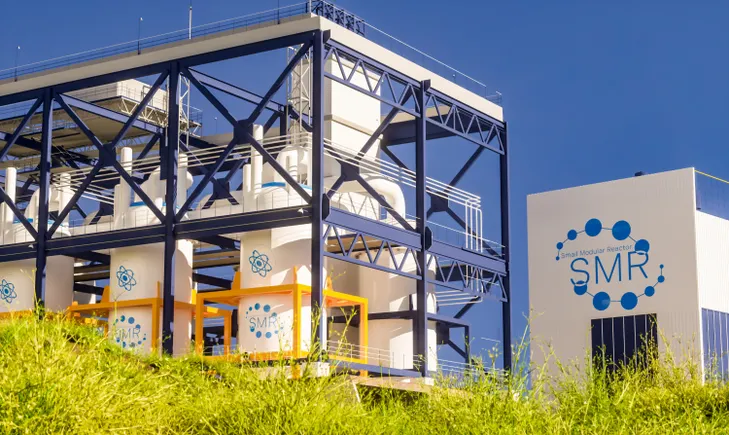Conversion–Lithiophilicity Hosts Toward Long‐Term and High‐Energy‐Density Lithium Metal Batteries
Advanced Energy Materials, Volume 15, Issue 20, May 27, 2025.

A novel conversion–lithiophilicity strategy is proposed to regulate the longevity of high-energy-density full batteries by injecting lithium ion activity. The lithiophilic substrates lower the energy barrier to lithium nucleation and improve lithium deposition. The additional reserve capacity provided by the electrochemical active carrier markedly enhances the long-term performance of the full cell.
Abstract
Lithium metal anode emerges as an ideal candidate for the next generation of high-energy-density batteries. However, challenges persist in achieving high lithium utilization rates while maintaining the demands of high energy density and extended cycle life. In this work, a novel conversion–lithiophilicity strategy is proposed to regulate the longevity of high-energy-density batteries by injecting lithium ion activity. This strategy is validated through carbon nanofiber decorated with Fe3C and Fe2O3 particles. The uniform metallic lithium deposition induced by lithiophilic Fe3C substrates has been verified through lithium deposition/stripping experiments and density functional theory calculations. The electrochemical active Fe2O3 component supplies additional anodic capacity and suppress battery degradation, as demonstrated in lithium-ion storage research and three electrode system studies. When paired with LiFePO4 cathodes at an N/P ratio of 2, the full battery showcases outstanding cycling stability over 300 cycles at 1C, with an exceptional energy density of 438 Wh kg−1 (calculated based on the cathode material and lithium content). Furthermore, the full battery delivers rapid kinetics of 124 mAh g−1 at 2C. The conversion–lithiophilicity strategy presented offers a promising avenue for the development of high-energy density and long-life lithium metal batteries.





























![New York City Officially Has Mechanical Garbage Trucks Now [Update]](https://www.jalopnik.com/img/gallery/new-york-city-officially-has-mechanical-garbage-trucks-now/l-intro-1749064637.jpg?#)


























